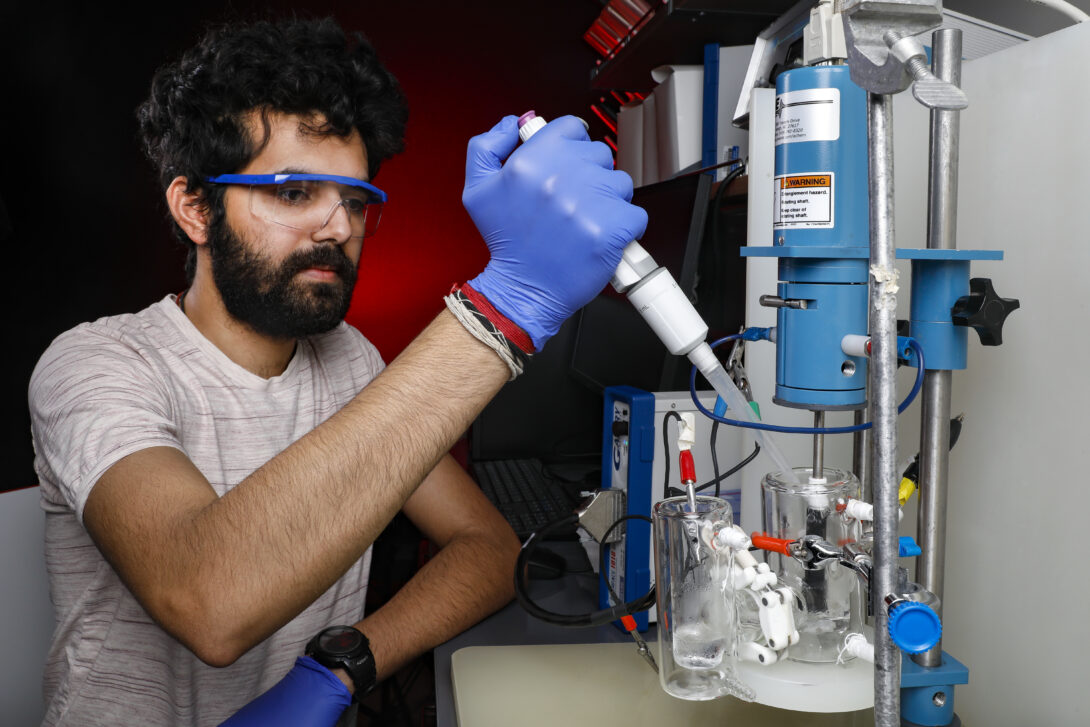Eliminating ‘forever chemicals’
body text

Engineers led by Brian Chaplin, professor of chemical engineering, were awarded approximately $1 million from the U.S. Department of Energy’s National Alliance for Water Innovation to build a system that selectively removes and destroys poly- and perfluorinated substances (PFAS) and referred to as “forever chemicals,” from wastewaters.
PFAS are man-made chemicals found in many common materials.
Due to widespread use in industrial settings, fertilizers and commercial products that end up in landfills, PFAS seep into groundwater and drinking water supplies. Unfortunately, these ubiquitous “forever chemicals” do not break down in the body and are linked to harmful health effects in humans and animals. Evidence shows that at low levels the compounds can lead to high cholesterol and cancer and have effects on the reproductive and immune systems and thyroid.
The UIC team is creating a prototype of their system and, at the end of the three-year funding, will deploy it for scale-up and pilot testing in California’s Orange County Water District. In the county, frequent droughts mean that the utility is investing in new technology to increase the county’s problematic drinking water supply through water recycling and aquifer recharge.
Chaplin’s system works through a treatment process called reactive electrochemical membrane filtration. As the water passes through the REM system, adsorbents and catalysts on the membrane trap and destroy PFAS, respectively.
“While REM filtration is one of the only ways to destroy PFAS, these systems so far work best in a limited number of controlled conditions. Our challenge is to make these systems work in the environment,” Chaplin said. “When we complete this work, this new technology will be ready to be piloted in the industrial and municipal wastewater sectors, which will help us and other practitioners evaluate its impact on facilitating desalination and recycling of nontraditional water streams.”